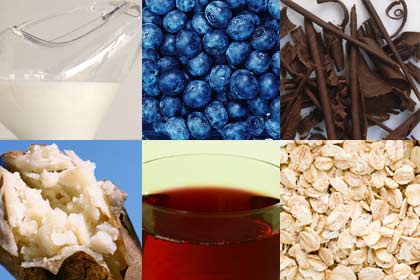Green Tea – Its Many Health Benefits
Green tea is without question among the healthiest beverages to date, with research displaying impressive health benefits not only for one’s heart, but for one’s bones, weight, vision, and even one’s brain. Anyone with an interest in improving his or her health, and specifically his or her brain health, green tea is definitely worth a consideration.
Green Tea Improves Brain Health
According to the Mercola Natural Health Center, an individual highly regarded in the eyes of Doctors Clinic Houston, a recent study of twelve virile volunteers, the participants receiving a beverage that contained just under 28 grams of green tea extract displayed an increased connectivity between the parietal and frontal cortex of the brain compared to those who drank a non-green tea beverage.
Researchers suggest that one’s cognitive functioning is strengthened if people consume pure green tea extract. And that is by far among the great benefits of tea – if you don’t particularly like it for its taste (or if you only drink it once in a blue moon), you can still get the health benefits by consuming it in supplemental extract form.
The Many Other Health Benefits of green Tea
It is not just your brain that gets these wondrous benefits from green tea. Below is a list of the other ways green tea improves ones health.
The Reduction Mortality; Chronic Inflammation
Empirical studies indicate that people who drink green tea also tend to live longer. Hear problems are reduced drastically. Research also makes the case that there are holistic benefits to consuming this wondrous herb, which include a lowering of blood pressure and chronic inflammation.
Heart Health
Dr. Mercola, health expert and founder of the Natural Health Center, states that green tea contributes to an improvement of blood flow and to the ability of one’s arteries to relax. In order to get these benefits, research suggests that a couple of cups of green tea each day may help prevent heart disease. Nowadays, just about every Houston doctor recommends a cup of green tea each day or so.
Type-2 Diabetes
A single study showed that people who consume around seven cups of green tea daily had a 29% lower risk of developing type two diabetes than individuals who consumed less than a single cup per week.
Vision Health
Catechins in green tea can also protect you against eye problems like glaucoma. Research has disinterred the fact that the compounds travel from your digestive system to the tissues of your eyes. During the study, the catechins found in green tea were absorbed into various parts of the eyes anywhere from 30 minutes to 12 hours after rats were given tea.
Cancer
Green tea components show a tendency to downregulate the expression of proteins involved in inflammation, cell signalization, cell motility, and angiogenesis, while an association between green tea intake and decreased risk of cancers (including ovarian and breast) has been reported.


